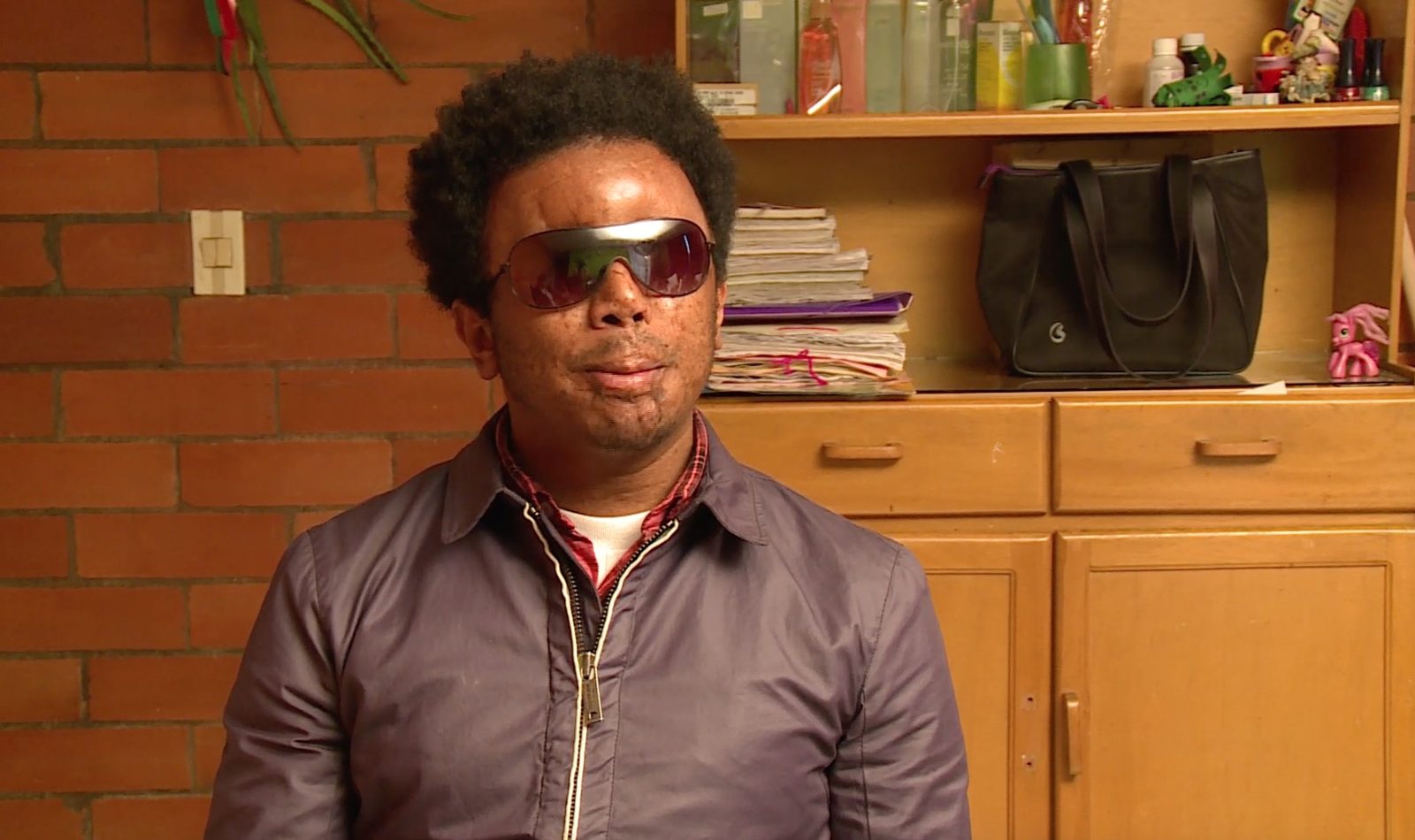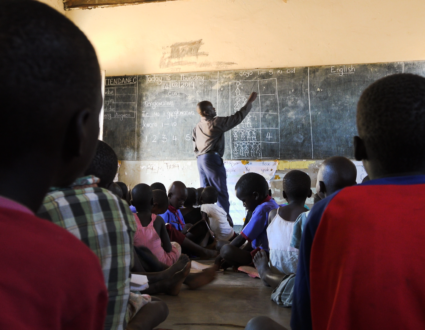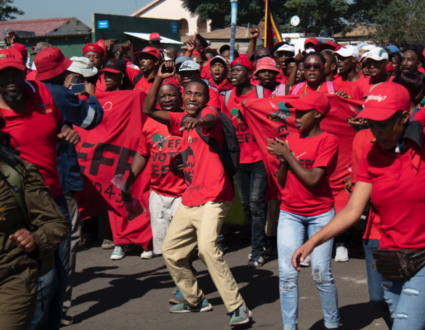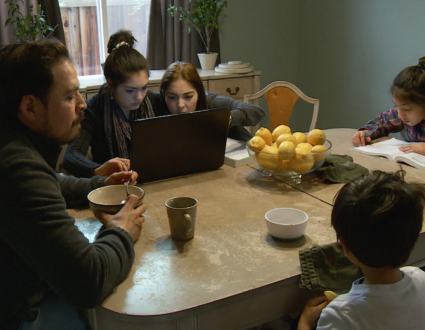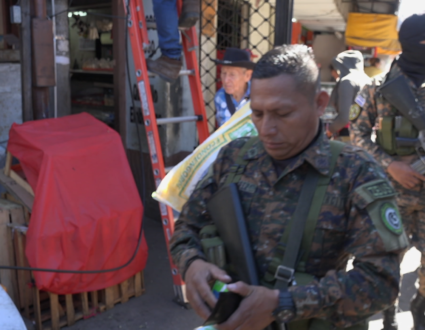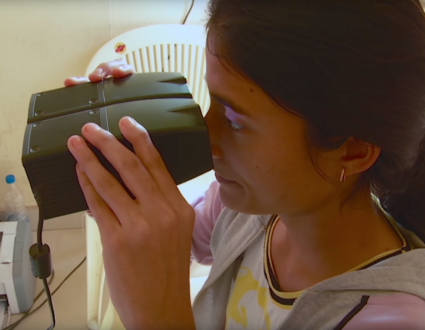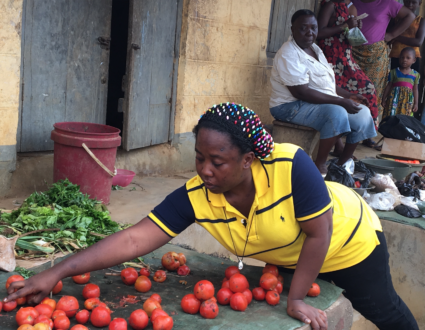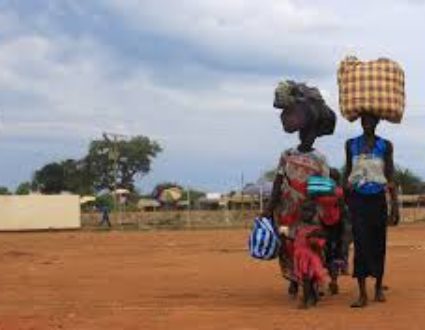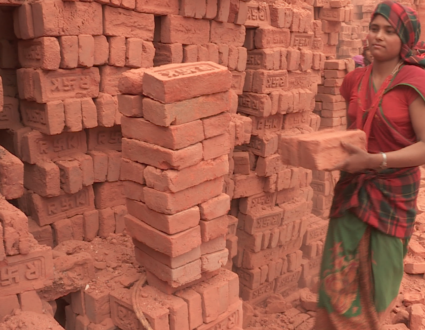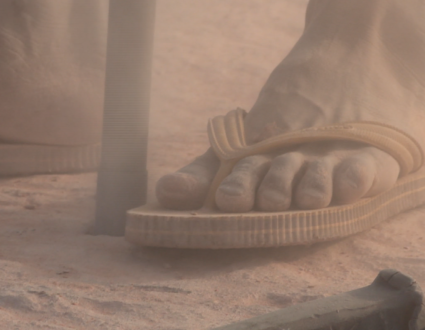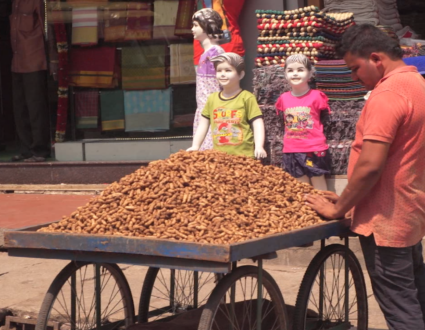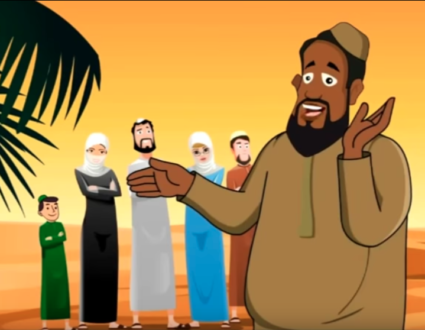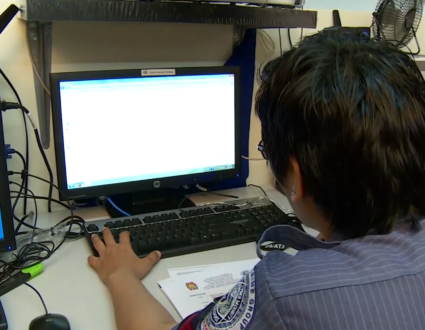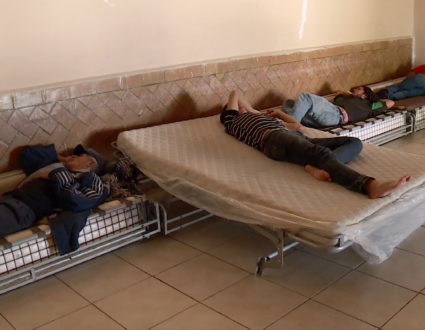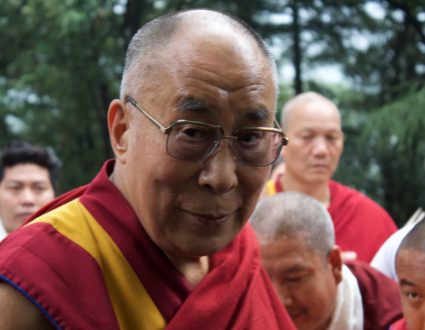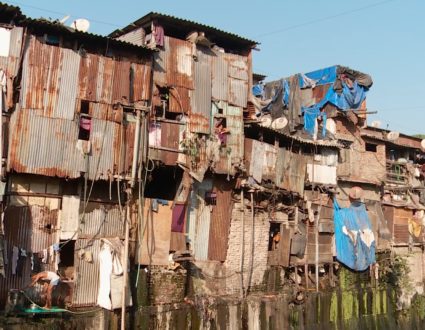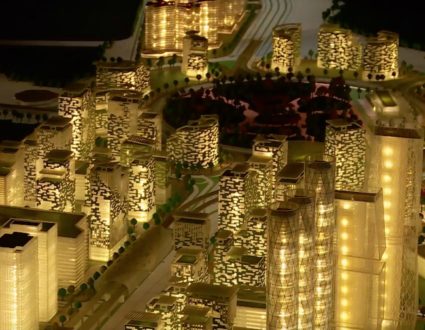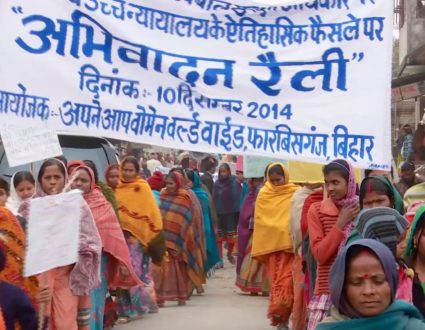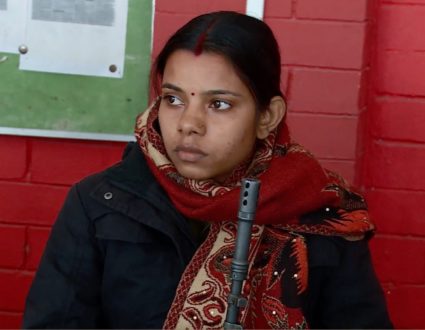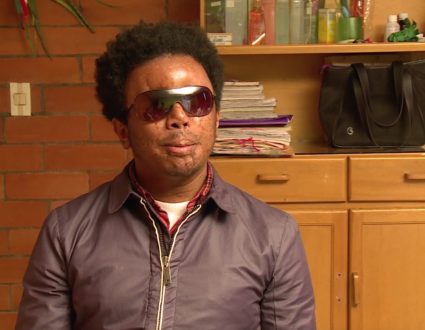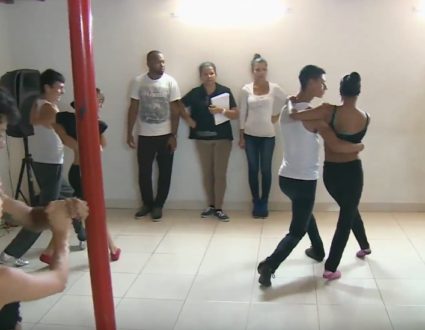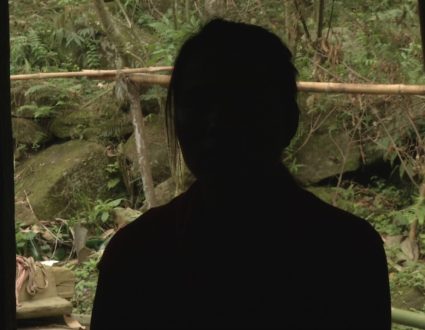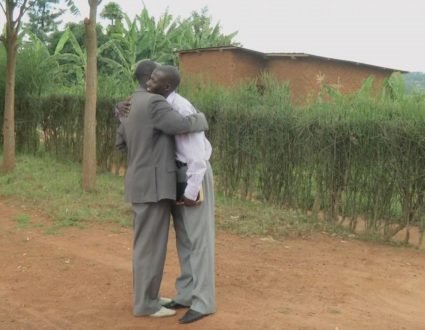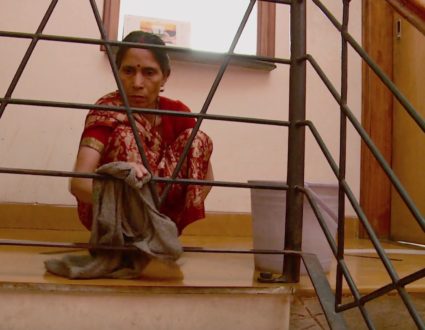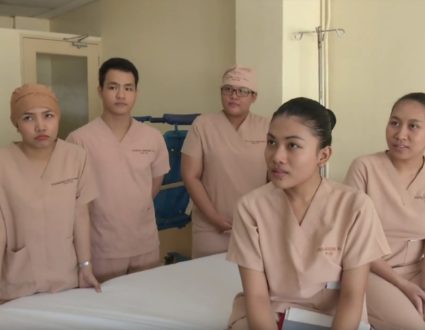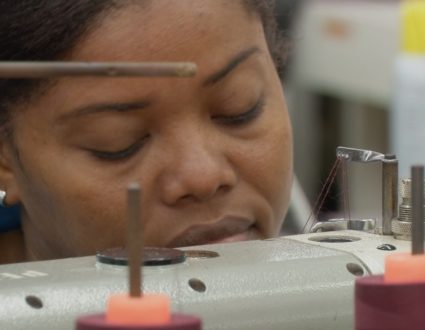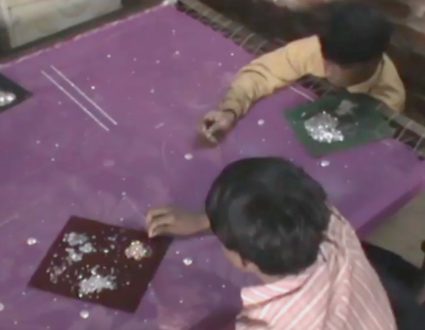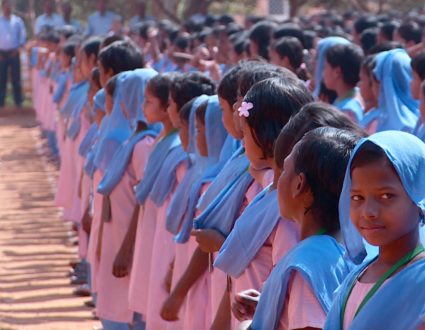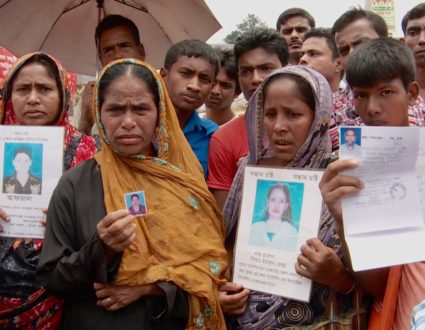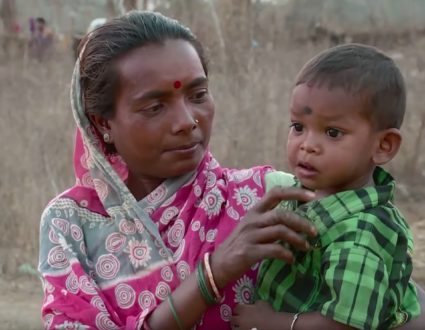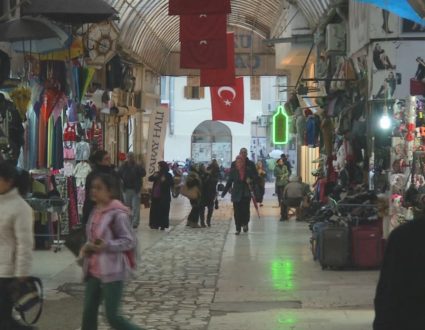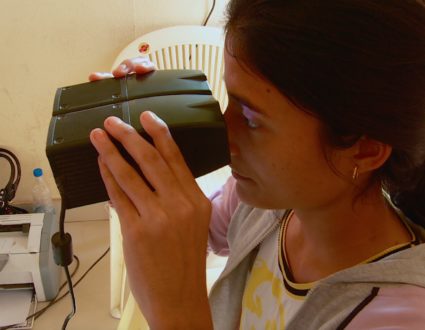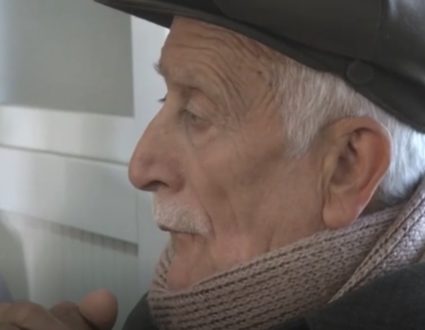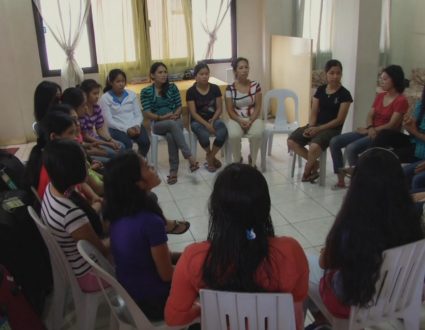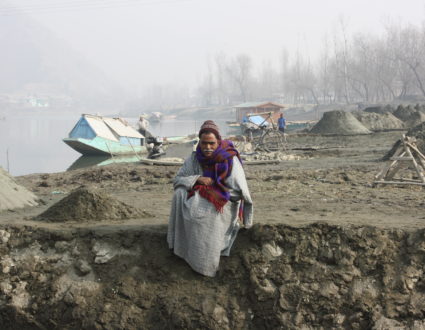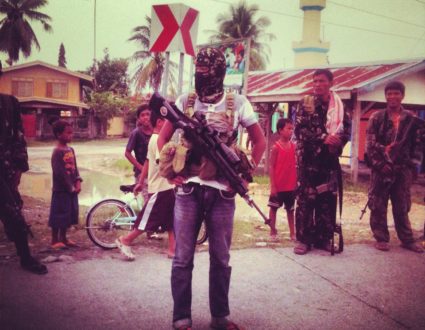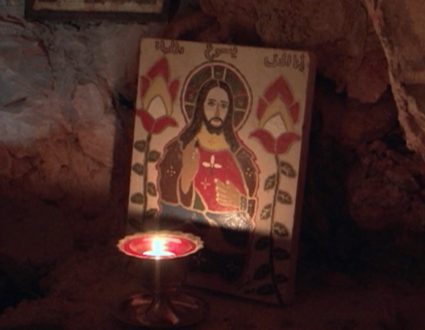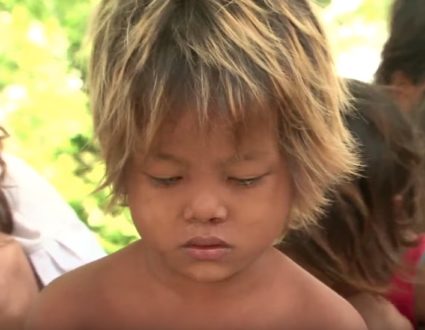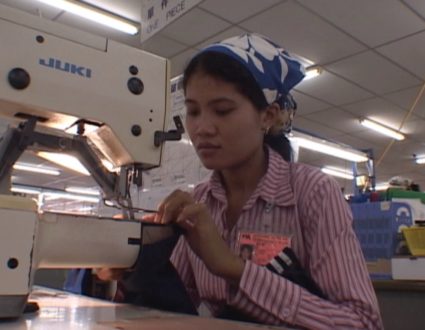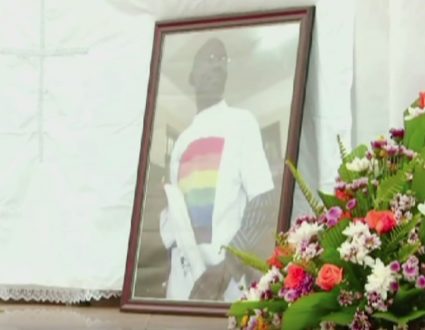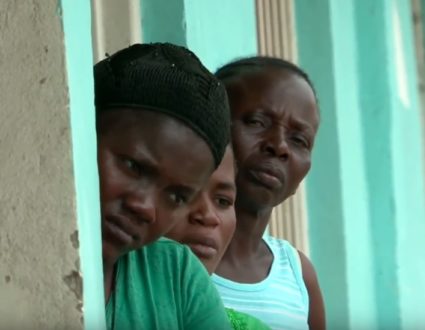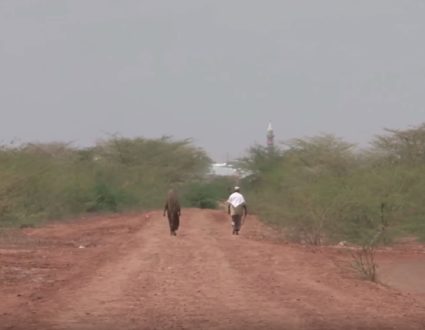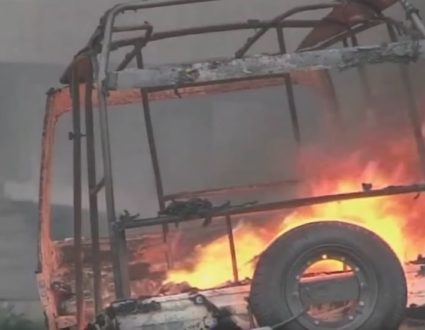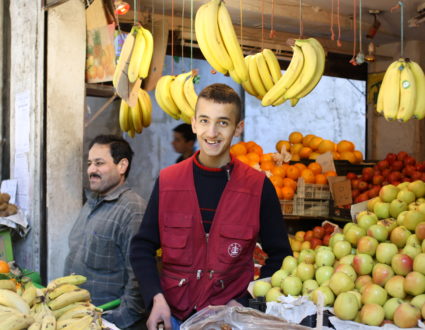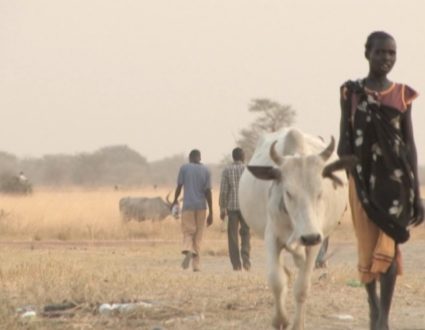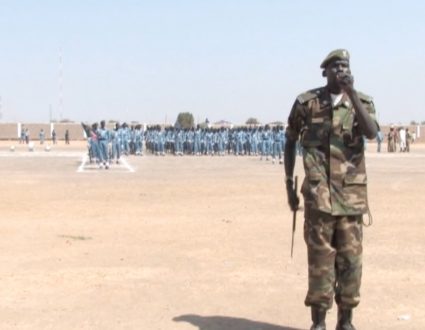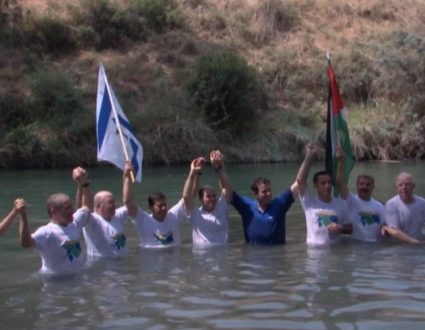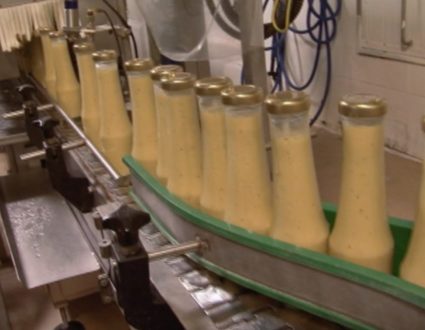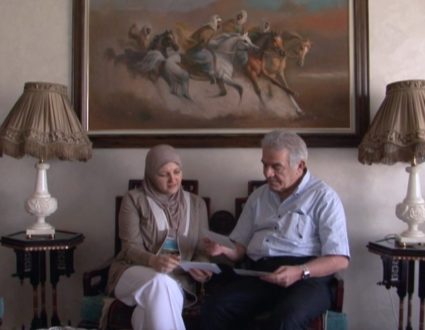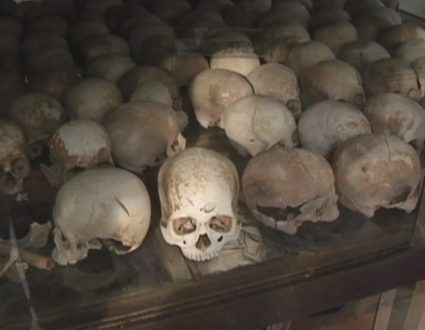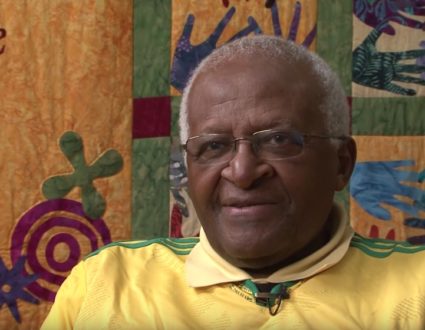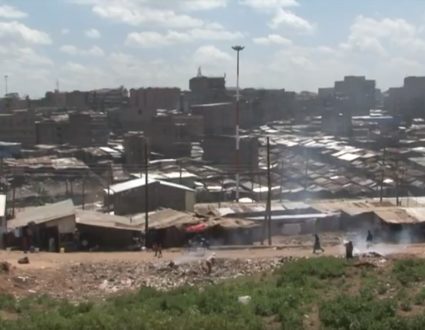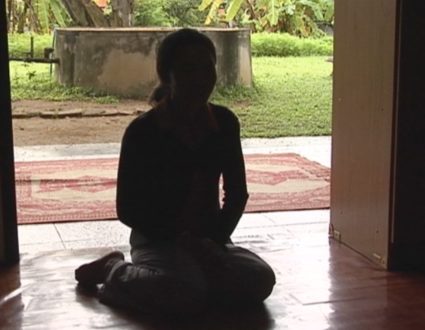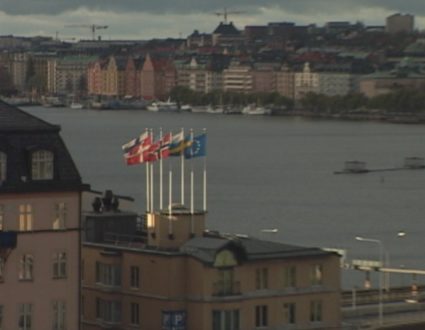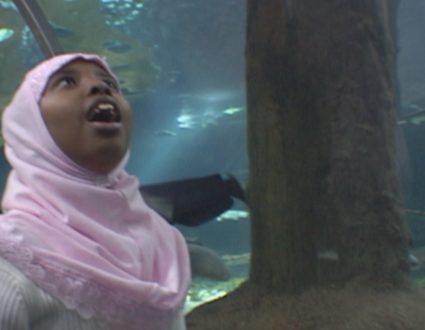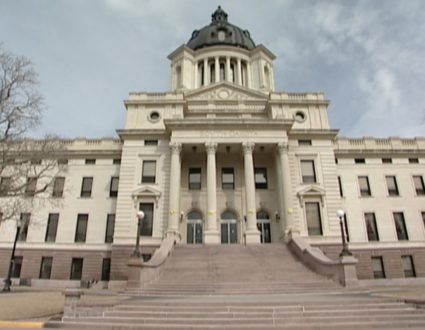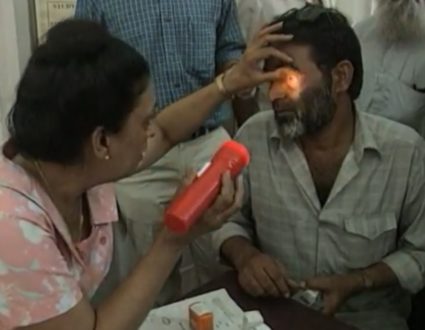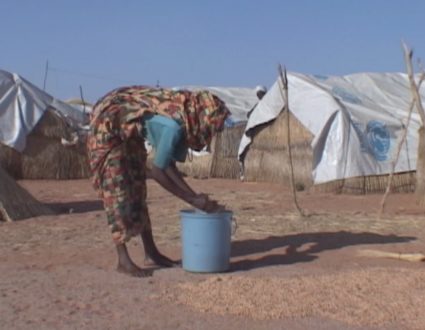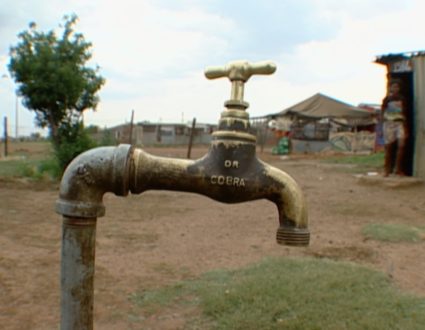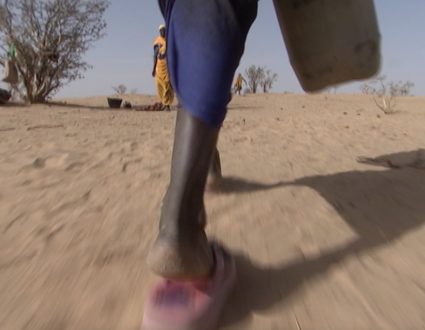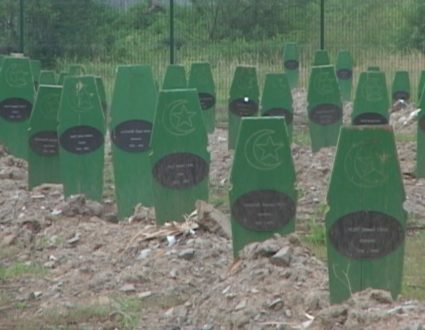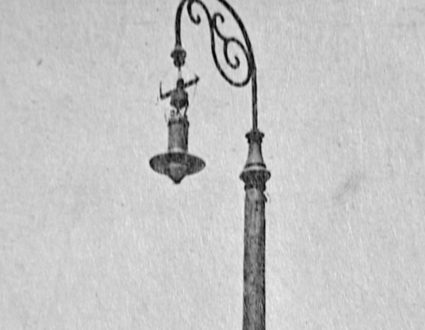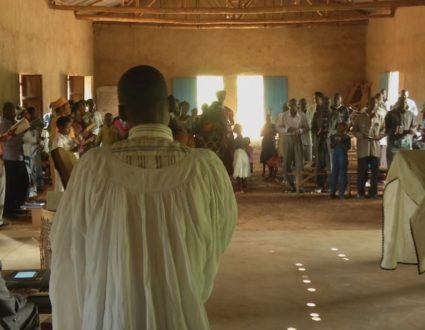- GWEN IFILL:We turn now to Colombia, where a civil war between the government and the Revolutionary Armed Forces of Colombia – People’s Army, or FARC, has lasted more than half-a-century. Along the way, it’s claimed more than 200,000 lives.Peace talks have offered some hope, but they have dragged on for more than two years.Tonight, special correspondent Fred de Sam Lazaro reports on efforts to bring reparations to the war’s victims. Its part of his Agents for Change series.
- A warning:Some of the images in the story may be disturbing.
- FRED DE SAM LAZARO:Edgar Bermudez is one of seven million victims, 15 percent of Colombia’s population, who’ve been promised reparations for their suffering in this country’s long-running civil war. The 35-year-old former policeman lost his sight and much of his face in 2005, when a land mine set by rebel forces exploded.
- EDGAR BERMUDEZ (through interpreter):The way you see me is a lot better than I used to look. I didn’t have eyebrows. My nose was a lot more damaged. I had a lot of scars and injuries that stuck out in my face
- FRED DE SAM LAZARO:Bermudez suffers from hearing loss and other issues. He struggles to support his two daughters and wife. She didn’t want to be filmed. Reprisals are an ever-present danger.
- EDGAR BERMUDEZ (through interpreter):The police gave me a pension, but it’s not commensurate with my injuries. They didn’t give me the funds to finish my surgery. Reparations have to be far bigger, more multidimensional than what’s being given now.
- FRED DE SAM LAZARO:Colombia has set up more than 100 victims centers like this one. They are the first stop in a long journey that’s supposed to bring education, health and housing benefits, some cash and, where possible, return people to land they were driven from.The government’s war with leftist FARC rebels, which dates back to the height of the Cold War, shows some signs of ebbing. Peace talks are being held in Havana, Cuba.However, Paula Gaviria, who heads the agency helping victims, says her task is fraught with complication.PAULA GAVIRIA, Director, Unit for Attention and Reparation Victims: We’re doing this in the middle of conflict, and we are hopeful that this will have a good end with the FARC in Havana. But there are regions like Buenaventura, where it’s not only conflict with the FARC, it’s different conflicts that are there. There’s narcotics, there are guns going in and out.
- FRED DE SAM LAZARO:Buenaventura, 300 miles from Bogota on the Pacific coast, is the country’s largest commercial port.It’s also a transshipment point for narcotics, an industry that has thrived in the turmoil of the war. Soldiers patrol here ostensibly to keep FARC rebels out. But many residents say the real danger comes from paramilitary groups who’ve run amok.Started by rich landowners who also oppose the FARC, these groups are often allied with the military. Some are connected to the narcotics trade. They have driven some 12,000 people a year from their homes and murdered with impunity.
- WOMAN (through interpreter):A friend came to visit me on November 3, 2013. The paramilitaries came into the neighborhood, they took my friend outside and shot him in front of my children and my nieces and nephews.
- FRED DE SAM LAZARO:Ten years ago, they took her father away. The family never heard from him again, never reported it, for fear of even worse consequences.Even today, she does not want her image or her real name. We are calling her Gloria.Dozens, if not hundreds have disappeared or been murdered, some with particular brutality, their bodies dismembered and disposed of in clear sight, in a campaign intended to terrorize people. Things began to change in one small part of the neighborhood called La Playita. Some 4,000 residents put up a gate and a sign and declared it a humanitarian space.Starting last April a nervous calm has distinguished it from other neighborhoods. So have frequent visits by outsiders. These are organized by a group called the Interdenominational Committee for Justice and Peace.Father Jesus Alberto Franco Geraldo was one of its founders.
- REV. JESUS ALBERTO FRANCO GERALDO (through interpreter):Our work with the international community is what keeps us alive, ensures that we haven’t been assassinated. The reason we have the attention of the international community is our ability to provide really concrete documentation.
- FRED DE SAM LAZARO:The group was started in the ’80s, when violent evictions and extrajudicial killings began to escalate. They have collected large amounts of evidence, bringing cases to the courts and to global human rights groups.
- FATHER JESUS ALBERTO FRANCO GERALDO (through interpreter):We began at a time of assassinations of human rights defenders, and those haven’t stopped to this day.
- FRED DE SAM LAZARO:Under orders from the Inter-American Court of Human Rights, Colombia’s government provides security protection to the group. But Father Alberto Geraldo says there are no real guarantees because corruption allows criminal and paramilitary groups to still operate.
- FATHER JESUS ALBERTO FRANCO GERALDO (through interpreter):I travel in a government car, and I receive government protection. Last year, that car was shot three times while it was parked in front of my house.
- FRED DE SAM LAZARO:In Buenaventura, the Justice and Peace group sent Maria Mosquera and her brother Edwin to live in the humanitarian zone. The goal is to have constant vigilance, record any incidents and hold security forces accountable for doing their job.
- MARIA MOSQUERA (through interpreter):When we first arrived, there was a lot of fear. No one left their house after 6:00 p.m.EDWIN MOSQUERA, Justice and Peace (through interpreter): They built a gate outside, and that was the symbol that said, we don’t want paramilitaries in here anymore.
- MARIA MOSQUERA (through interpreter):We asked for the police to be present at five strategic locations in the humanitarian space. The role of the police is to patrol just the perimeter of the area and to be alert for the paramilitaries.
- ORLANDO CASTILLO (through interpreter):Since the 13th of April, when the humanitarian space was inaugurated, we have not had one single killing.
- FRED DE SAM LAZARO:It’s a small, but significant gain for community activists like Orlando Castillo, who led the effort to invite the Justice and Peace group in. He’d counted 27 death threats in recent years, he says.Gloria also lives in fear of her life. She doesn’t send her young children to school because it’s outside the safe zone,nor does she visit her husband who lives two hours away. Many residents of Buenaventura in general say they has been an escalation of terror in recent years. Free trade agreements, including one with the United States, have made the land more valuable and people living here more vulnerable to being driven out.
- EDGAR BERMUDEZ (through interpreter):Colombia has suffered a great deal of violence as a result of just a few interests, but it’s been regular everyday people who’ve had to suffer the consequences and take the brunt of that violence.
- FRED DE SAM LAZARO:Back in Bogota, former policeman Bermudez is going back to school. He hopes some day to start a organization to help wounded combatants.I’m Fred de Sam Lazaro in Colombia for the “PBS NewsHour.”
- GWEN IFILL:A version of this report aired on the PBS program “Religion & Ethics Newsweekly.” Fred’s reporting is a partnership with the Under-Told Stories Project at Saint Mary’s University of Minnesota.
Half a Century of War
A 50-year civil war between Colombia’s government and the leftist FARC rebels has claimed more than 200,000 lives and caused suffering for millions. The government has made steps to deliver reparations to those affected and support humanitarian zones, but the goal of helping victims is fraught with complication as conflict and violence continue. Special correspondent Fred de Sam Lazaro reports.
Related Links: Interfaith Commission of Justice & Peace, Colombiapeace.org
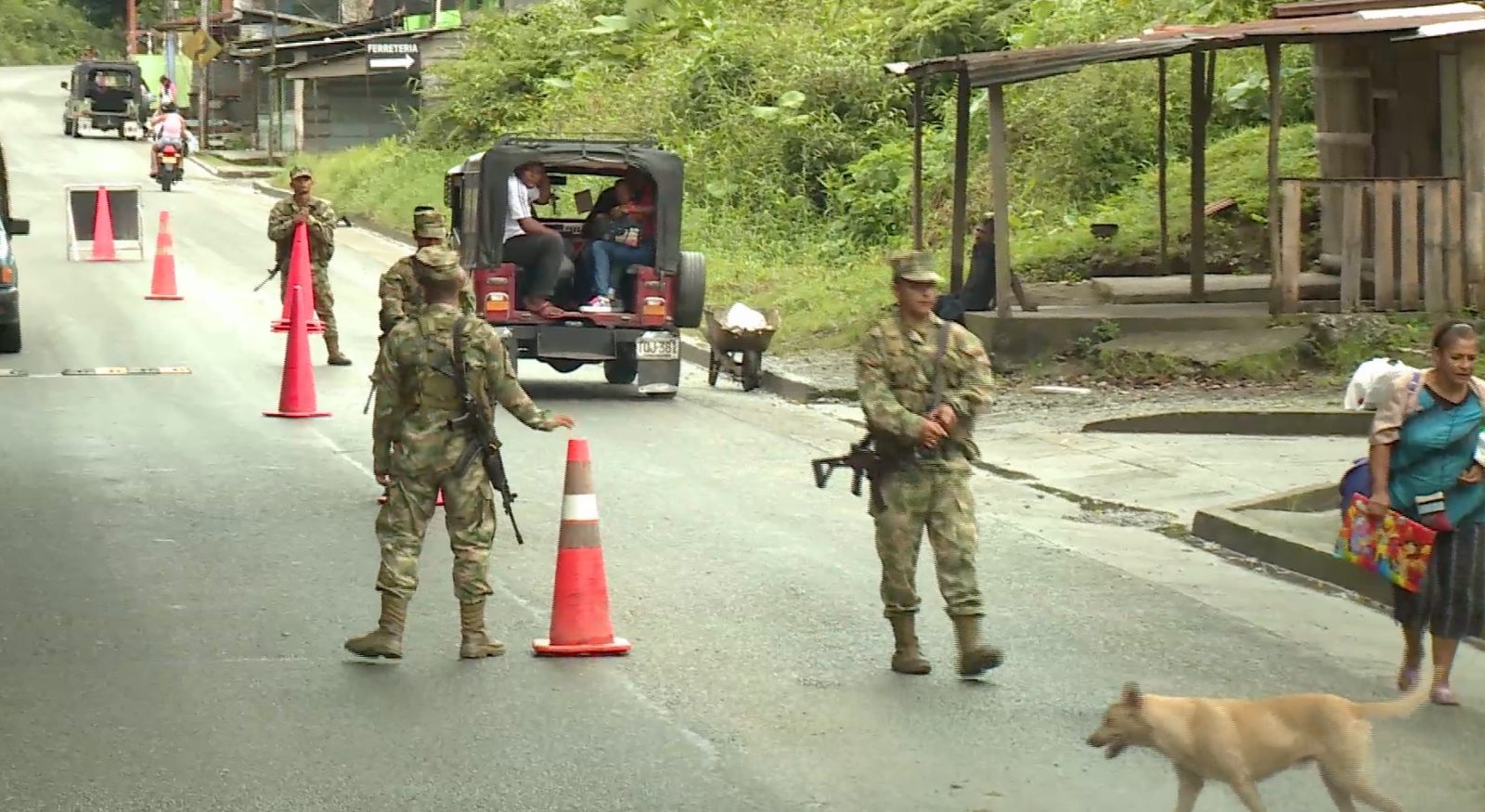
Half a Century of War
A 50-year civil war between Colombia’s government and the leftist FARC rebels claimed more than 200,000 lives
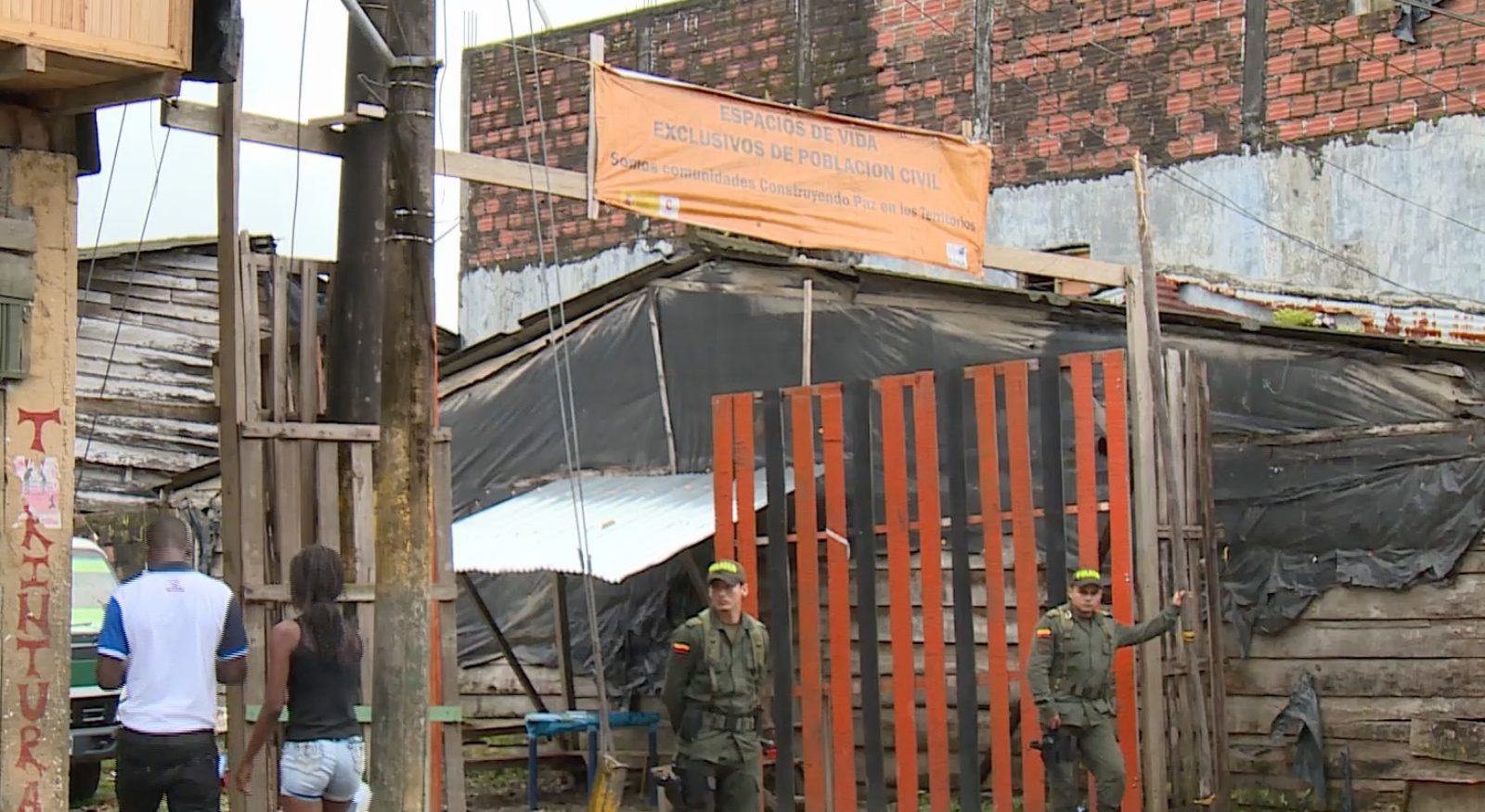
Creating a Haven
Some 4,000 residents put up a gate and a sign and declared their neighborhood a humanitarian space. Starting last April a nervous calm has distinguished it from other neighborhoods.
